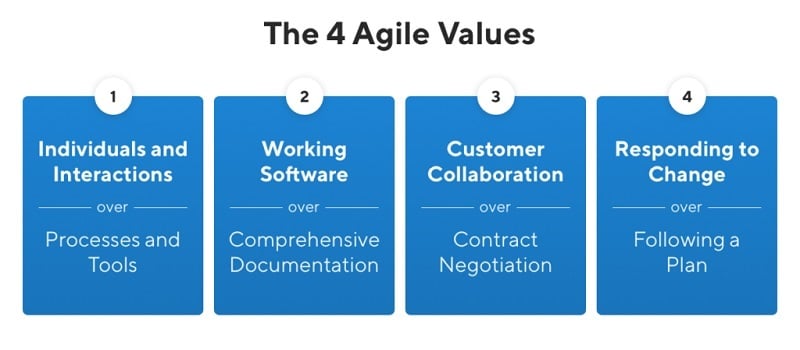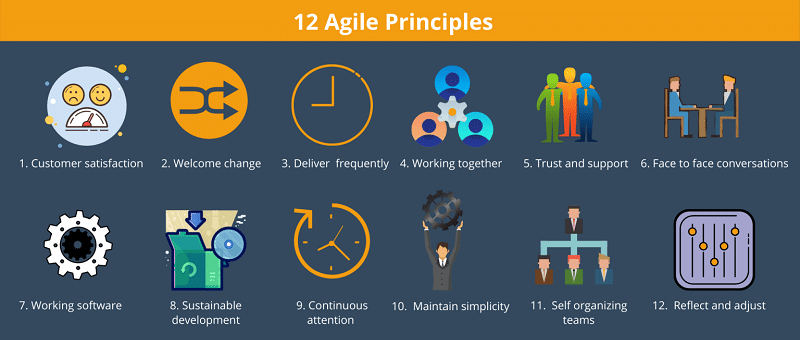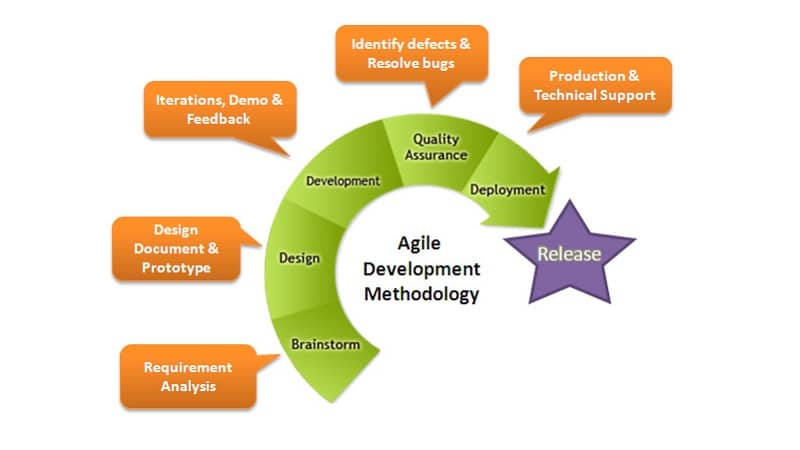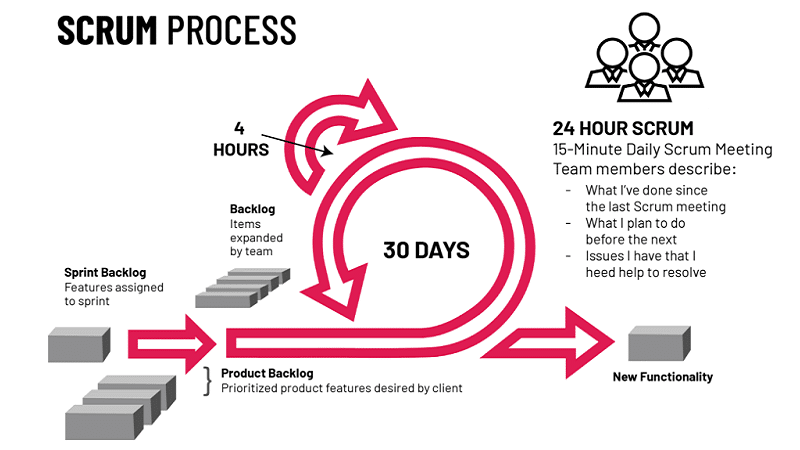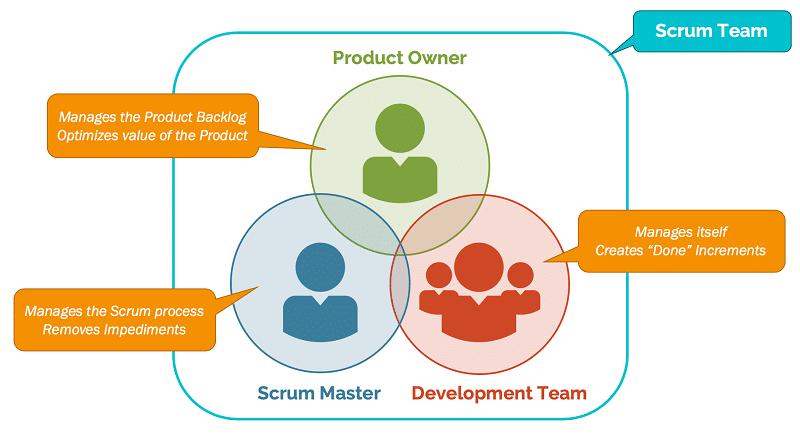What is Meant by the Agile Manifesto?

TechsPlace | Every time someone talks about Agile and Scrum methodologies, the first thing that inevitably comes up is the Agile Manifesto. Then, there is the CSM course, which is a certification program aimed at conferring industry-recognized credentials to Scrum practitioners and professionals. Anyone involved in software development must be aware of what the Agile and Scrum methodologies are and the immense impact they can have on the management of a project. But, what exactly is the Agile Manifesto, and what relevance does it have in Agile and Scrum? Also, what is the utility of a CSM course? Let’s find out!
What is the Agile Manifesto?
Agile Manifesto is a short document built on 12 principles and four core values for agile software development. It sets out the key principles and values that support the Agile philosophy, serving as a guide to help development teams work more sustainably and efficiently. Officially known as ‘The Manifesto for Agile Software Development,’ the document was published in 2001 due to 17 software development practitioners’ concerted efforts. The manifesto acts as a proclamation, designed to address the limitations of heavyweight, document-driven, and inefficient traditional development processes. While the initial objective was to help software developers create faster and more efficient business solutions, the manifesto’s impact spread far and beyond the development industry in general.
The Agile values are:
- Agile Manifesto emphasizes the importance of people and puts the human-powered team at the forefront. The crux of this core value is that no matter how high-tech and sophisticated tools and processes are, it’s the team whose effective and efficient communication determines a project’s success.
- The next core value enshrined in the Agile Manifesto prioritizes the quick shipping of products to customers without any delay caused by dense pages of burdensome documents. In essence, this value aims to do away with the traditional product development process where extensive documentation is a bottleneck in the start to finish the journey of software release.
- Another important Agile value is about practices that focus on developing customer-centric products rather than product-centric ones. In other words, it stresses on direct communication with customers to understand their needs. It is opposed to the traditional product-centric methods that depend on contracts for final product delivery that may or may not meet customer expectations.
- The ultimate Agile value views change as a driving force for more efficient and flexible decision-making. Hence, the Agile methodology encourages constant re-evaluation and retooling of the current plans and goals based on new information that teams are continuously collecting and analyzing.
The Agile principles are:
- Prioritizing customer satisfaction through the quick and continuous delivery of useful and efficient software
- Welcoming and embracing change as a crucial part of the development process
- Frequent delivery of working software
- The daily collaboration of developers and clients throughout the project
- Providing a supportive environment to motivated individuals to build projects and placing complete trust in them
- Encouraging face-to-face communication within the development team
- Measuring progress with working software
- Promoting sustainable development through the maintenance of an indefinite constant pace by developers, sponsors, and users
- Continuous attention to good design and technical superiority
- Maintaining simplicity by maximizing the amount of unfinished work
- Encouraging teams to be self-organizing to produce the best strategies, requirements, and architectures
- Periodic reflection on performance and adjusting behavior accordingly
What are Agile and Scrum methodologies?
The Agile methodology includes practices that help in the constant iteration of development and testing in the software development lifecycle. Unlike other software development processes, Agile promotes concurrent development and testing activities by fragmenting the product into smaller, manageable builds. As a result, there is rapid delivery of superior-quality software while aligning development with business goals and customer needs. Strongly aligned with the values and principles laid out in the Agile Manifesto, the Agile development process comprises various steps, including brainstorm, design, development, quality assurance, and deployment.
The Scrum methodology is an Agile process that focuses on delivering business values in the shortest possible time through the rapid and repeated inspection of working software. The Scrum framework is often helpful in managing complex products and software development using incremental and iterative practices, teamwork, and accountability. The Scrum methodologies allow organizations to seamlessly adjust to fast-changing requirements to produce products that conform to evolving business objectives. Therefore, the quality of deliverables is enhanced, and organizations can cope better with change while controlling the project state and schedule.
Why get certified in Agile/Scrum?
Certified Scrum Master or CSM is a certification offered by Scrum Alliance, which is a non-profit organization established in 2001. The CSM course is designed to impart the knowledge and understanding of the Scrum project management methodology to professionals aspiring to get started as Scrum practitioners. The CSM course requires that aspirants attend a two-day in-person class course by a certified Scrum trainer and pass a multiple-choice based online test. Those who clear the exam are eligible to fulfill the role of a Scrum Master or a member of the Scrum team.
But, why should you get the CSM certification?
- It is the most sought after certification by recruiters in the IT industry and can fetch high-paying jobs globally.
- The certification validates your Agile skills and knowledge in the job market.
- Those with a CSM certification are known to be effective in delivering top-quality products to customers.
- Scrum minimizes the risk of project failures. Thus, clients and stakeholders will be more inclined to assign projects to certified professionals capable of delivering value and quality products. Eventually, ROI is increased.
- Moreover, a CSM certification shows a professional’s commitment to learn and obtain Agile and Scrum-related certificates, a trait that is always desirable in a Scrum Master.
A CSM course and certification opens the doors for rewarding career opportunities. Agile and Scrum methodologies are crucial for efficient and productive software development lifecycle. However, their true potential can only be realized through a highly functional Scrum team consisting of certified professionals. Above all is the Agile Manifesto, a brief document that spells out the fundamental values and principles that form the cornerstone of every Agile development process employed by the industry.
This article is contributed by guest author on techsplace.com.

